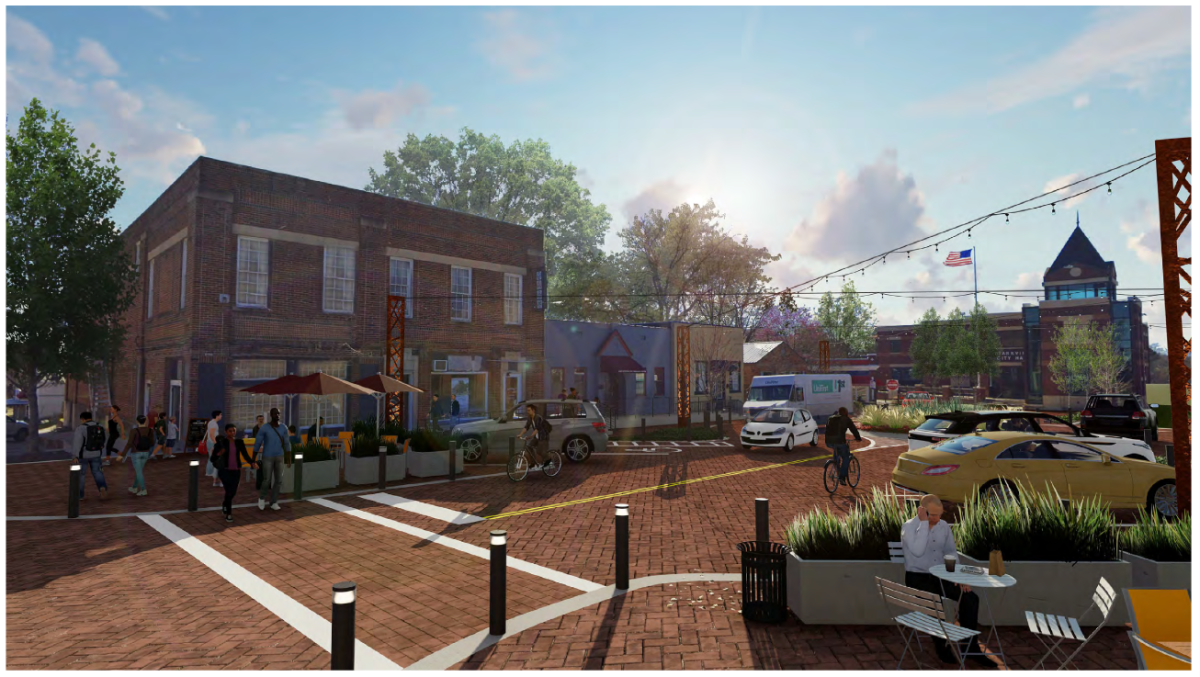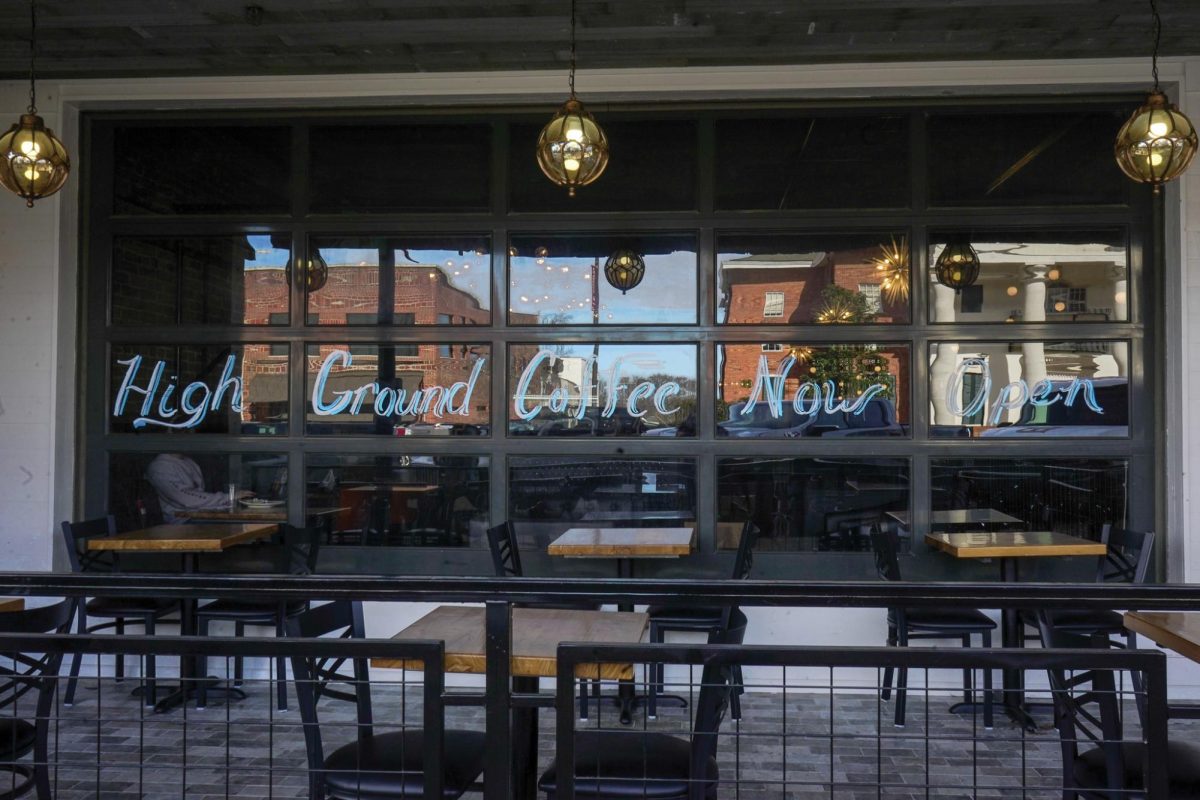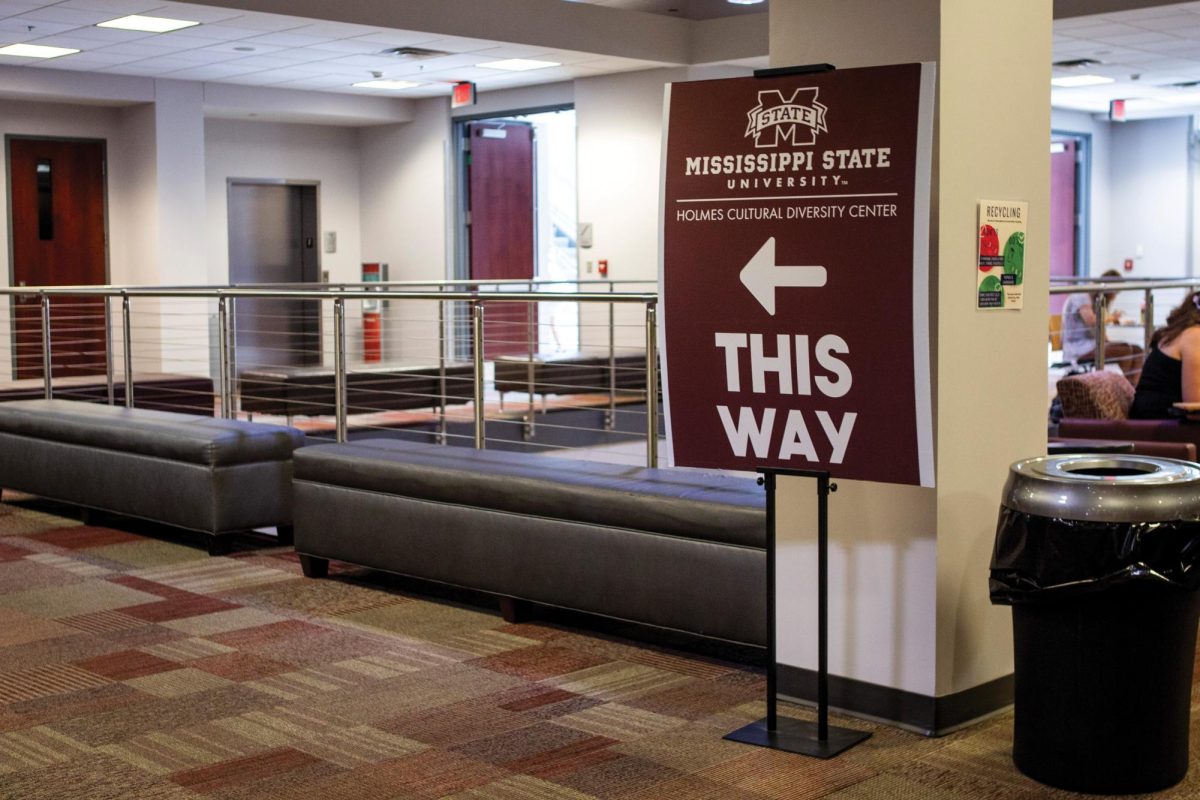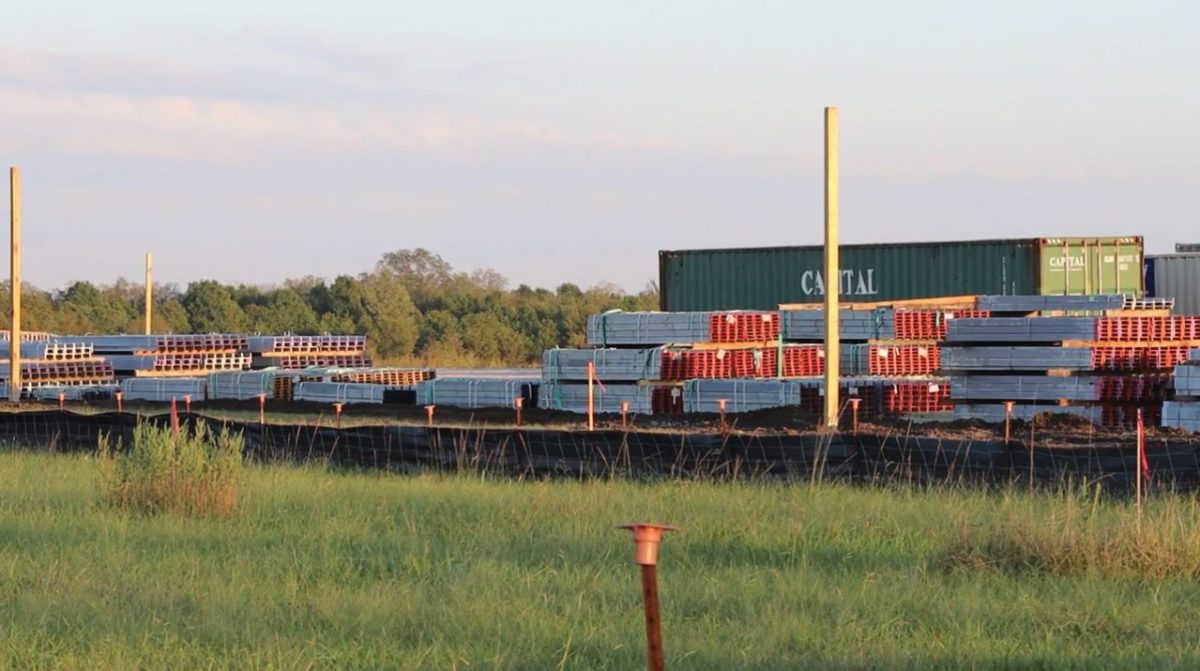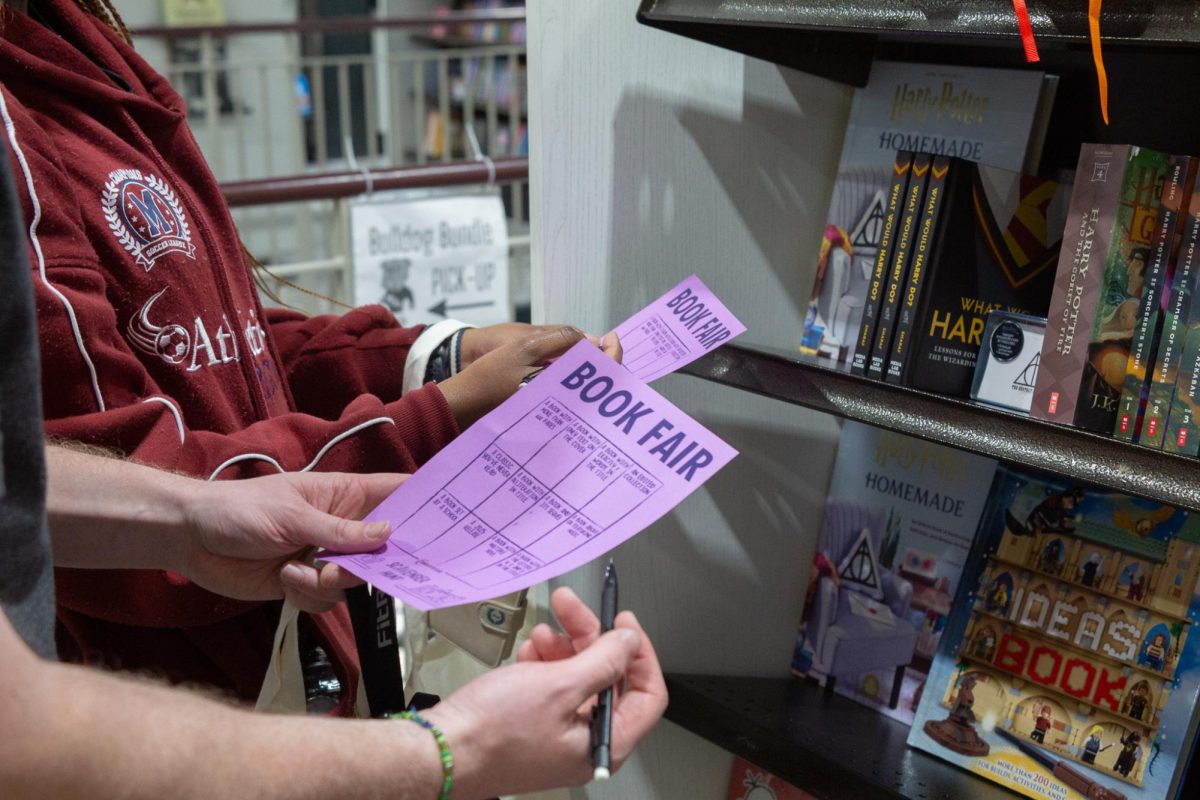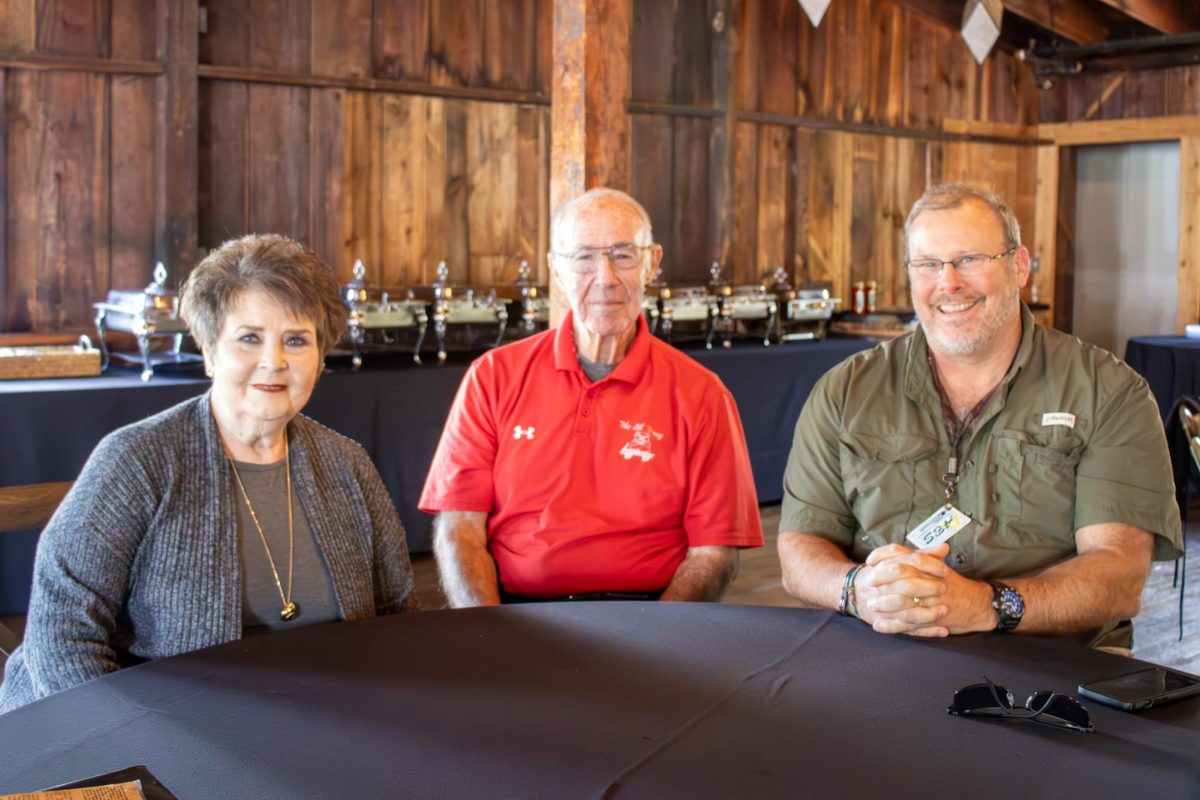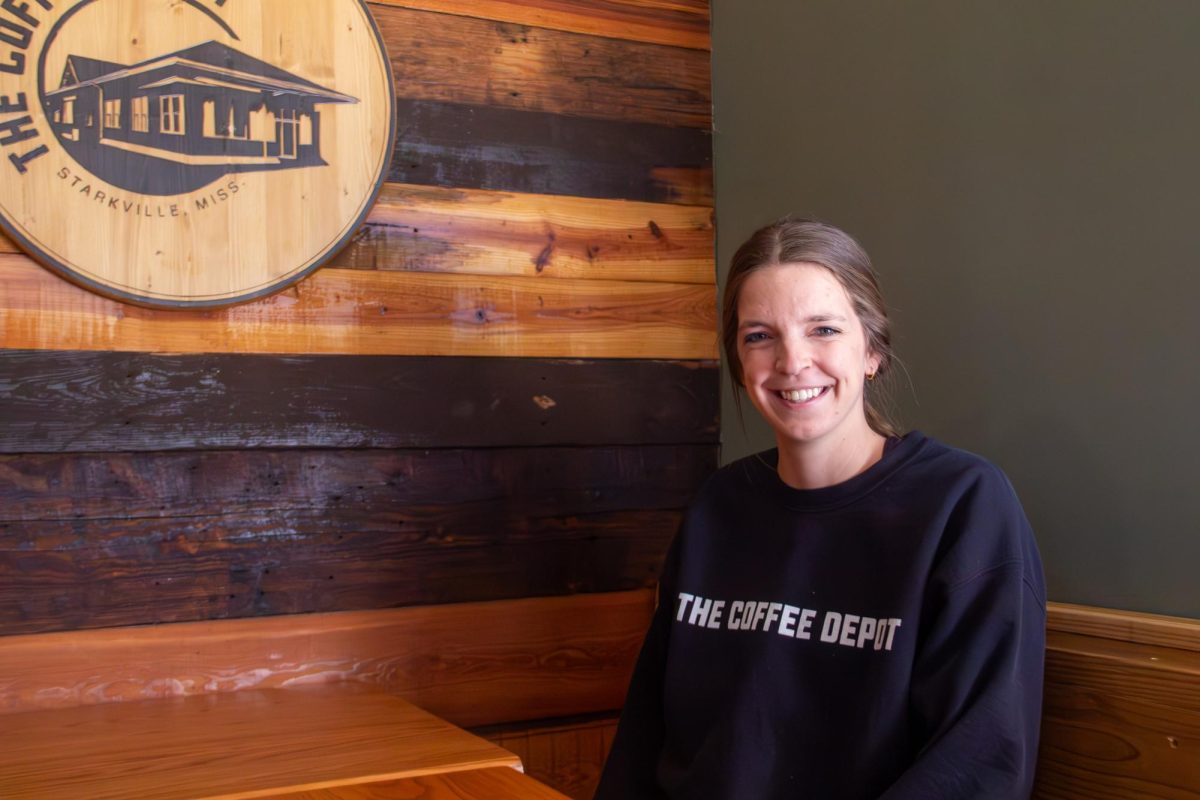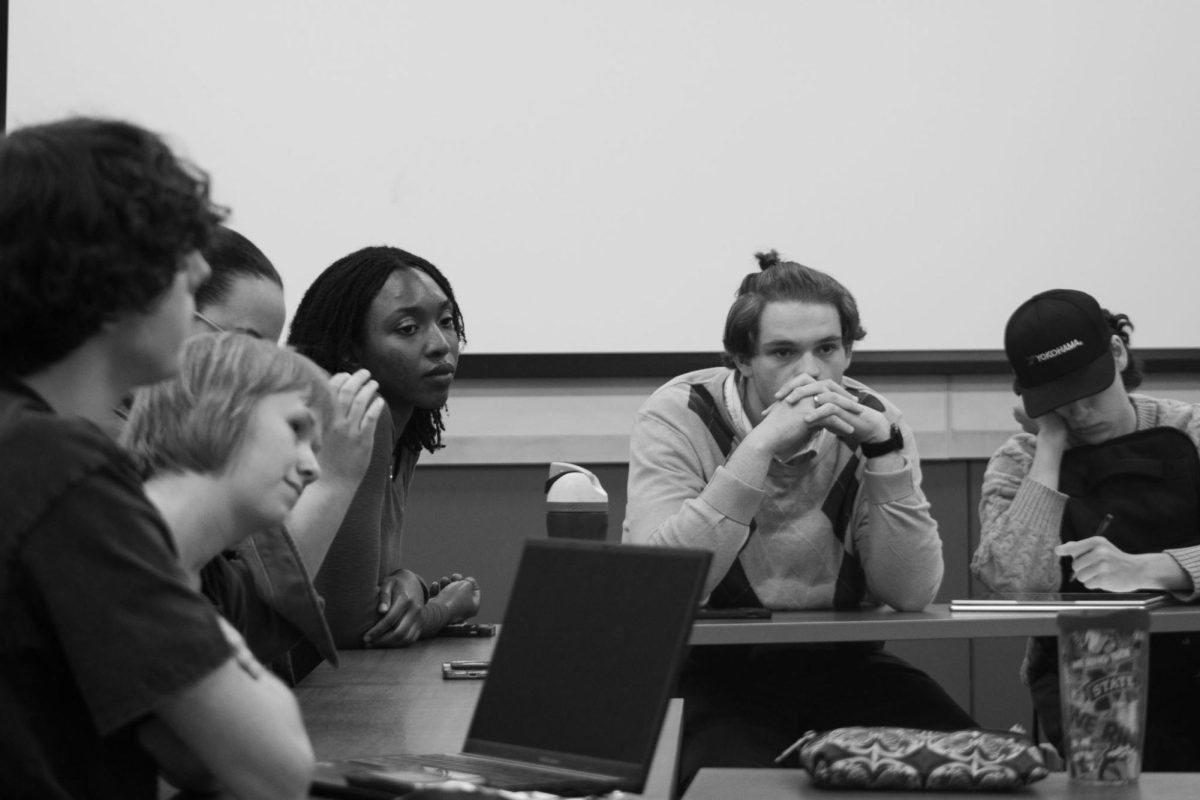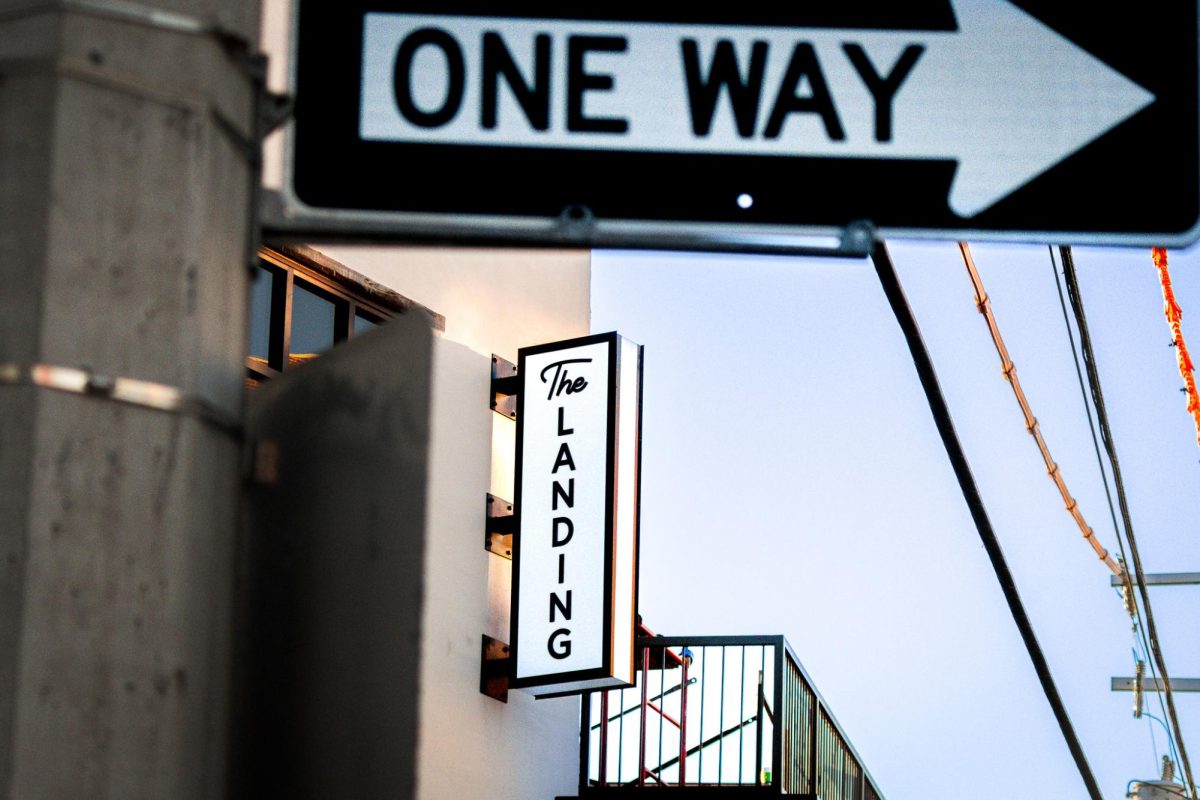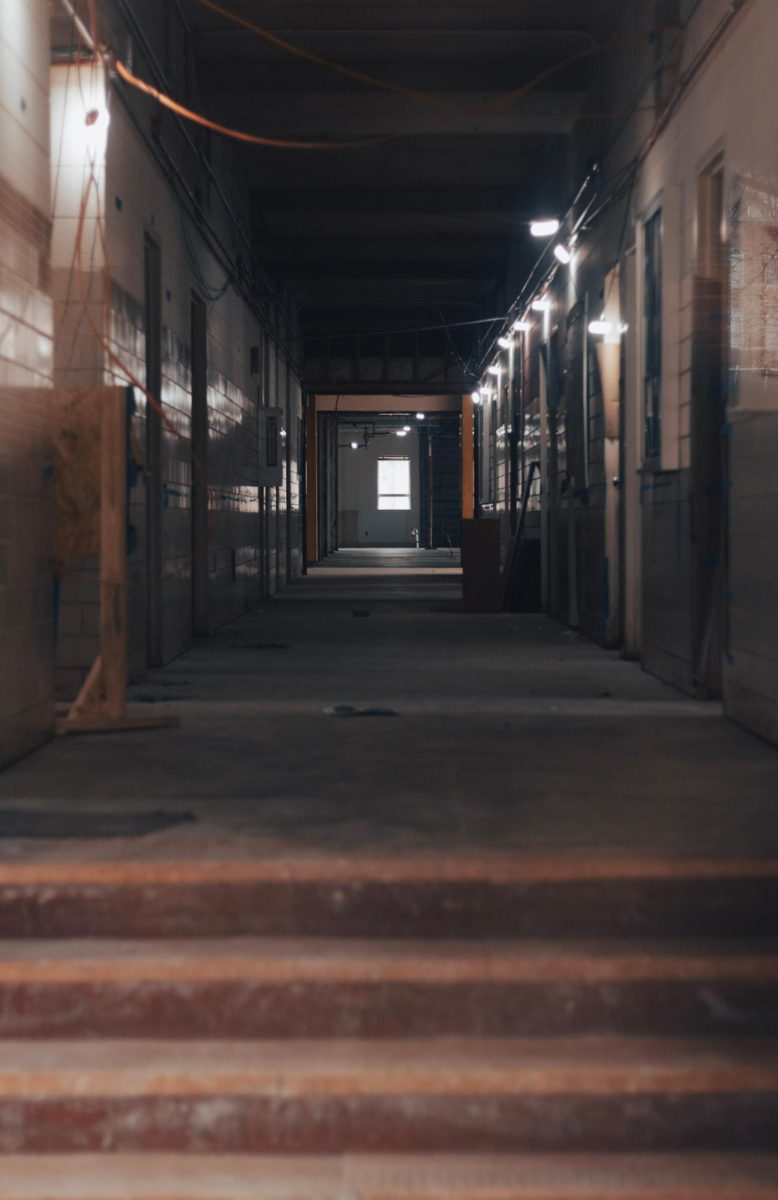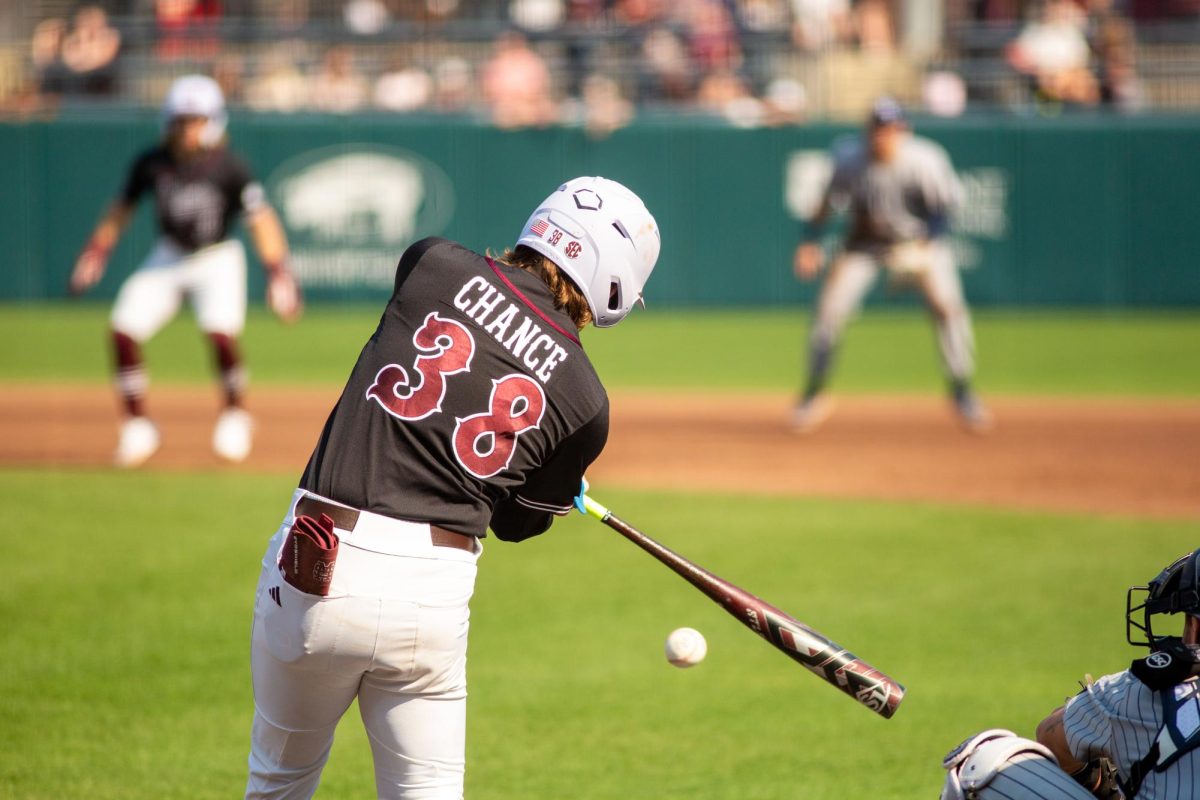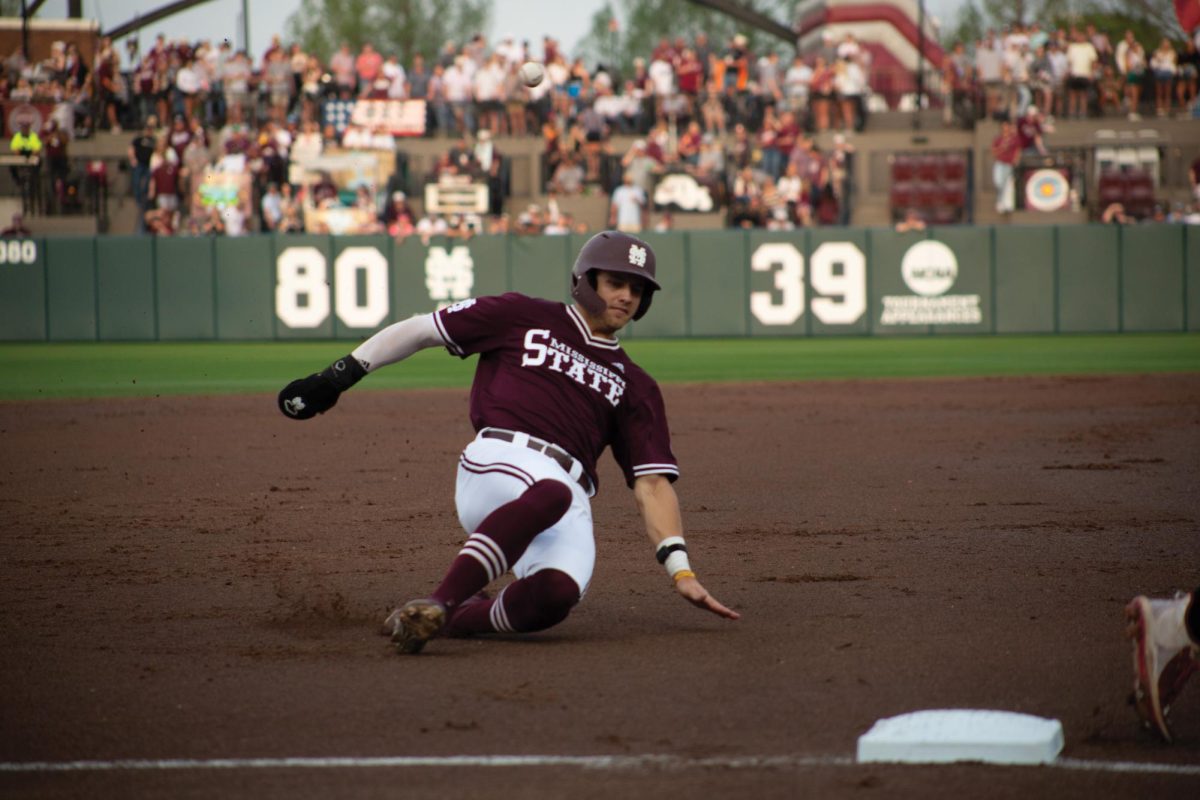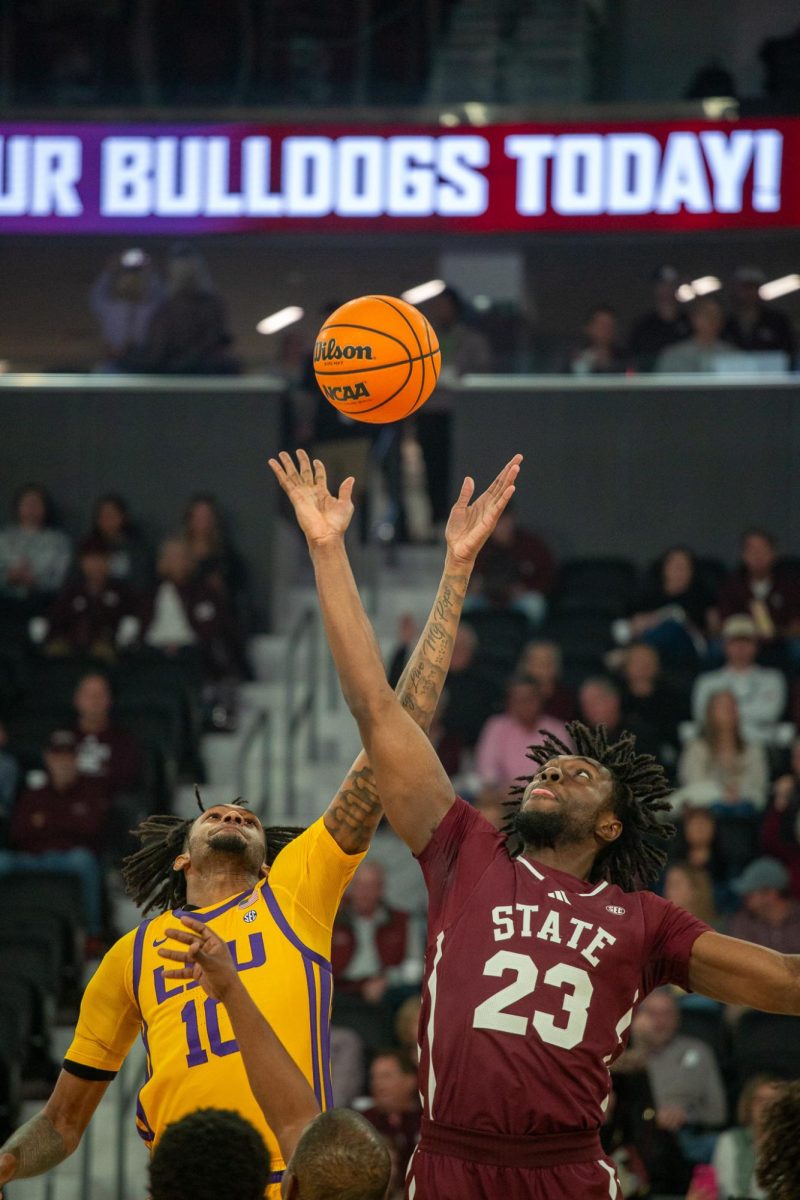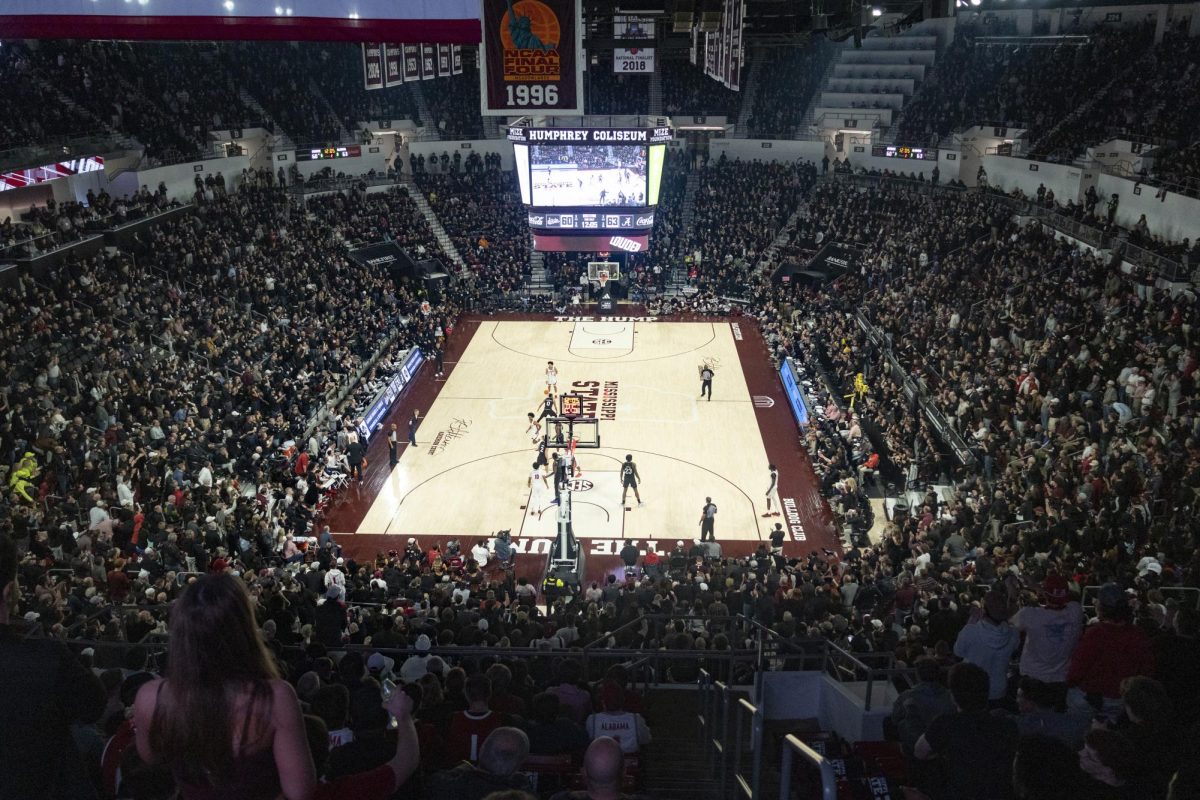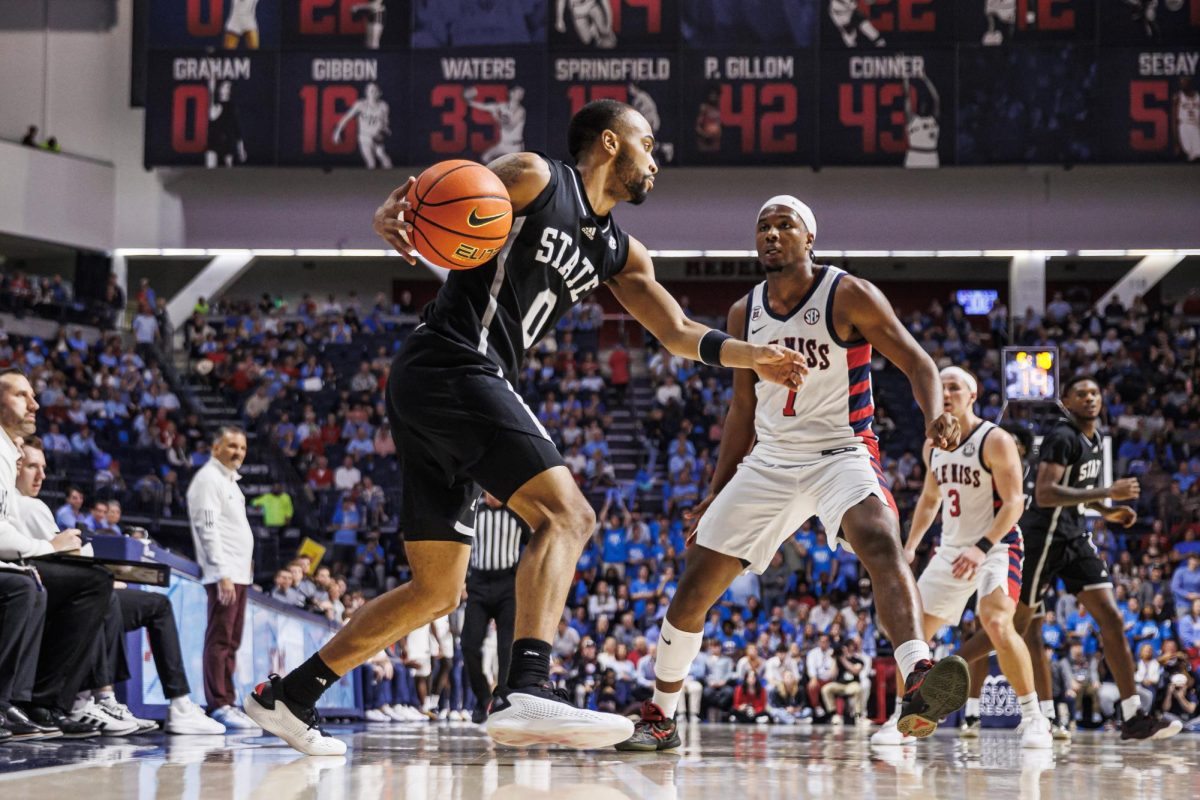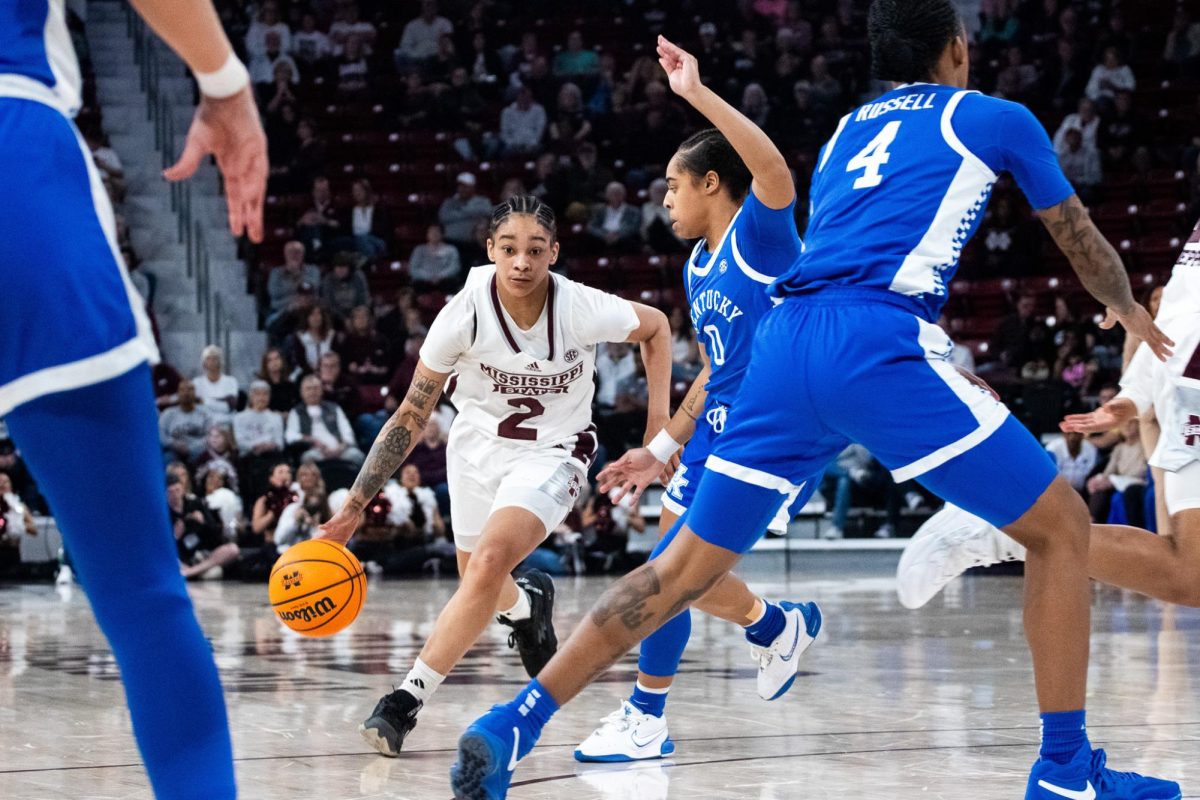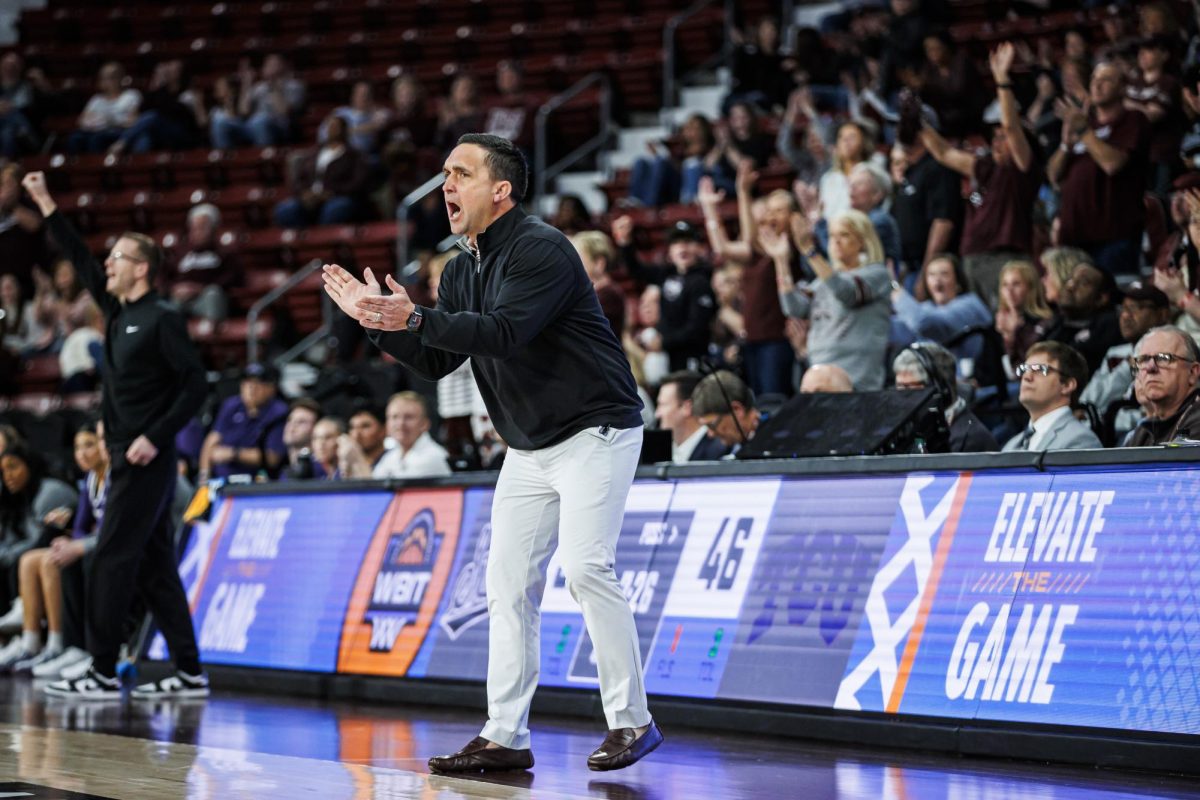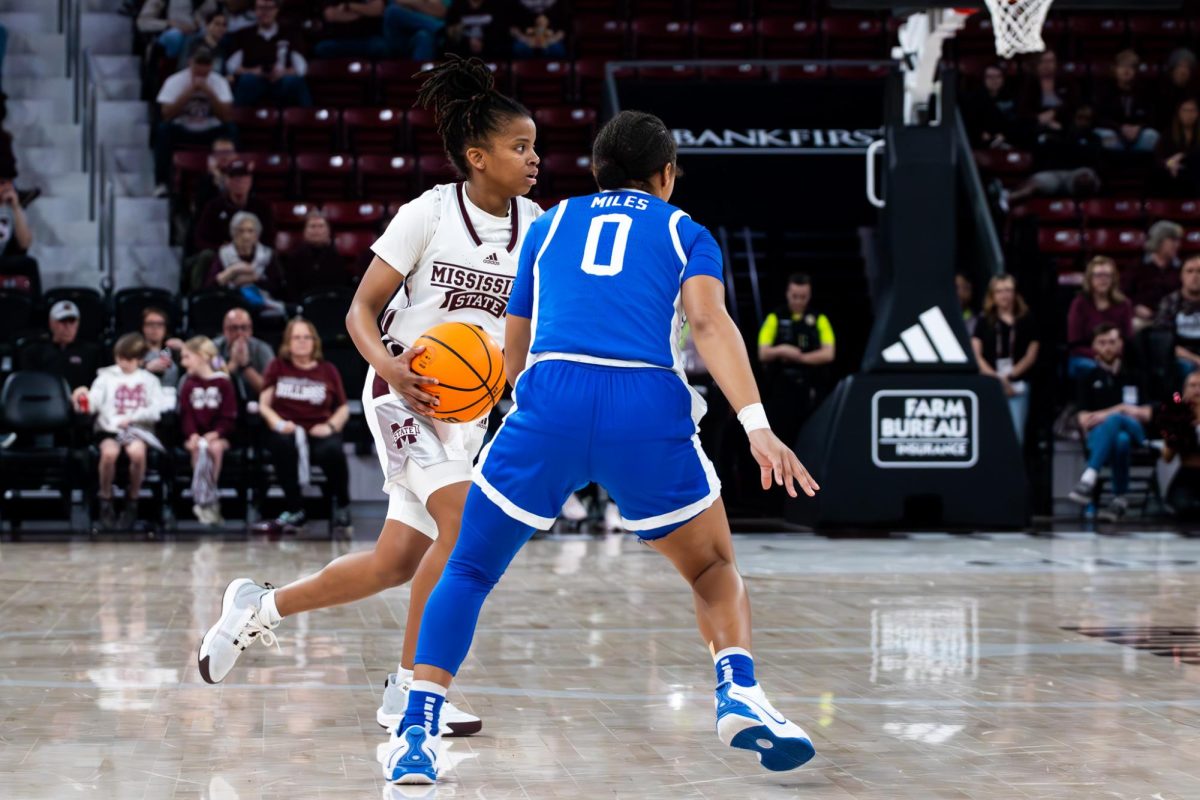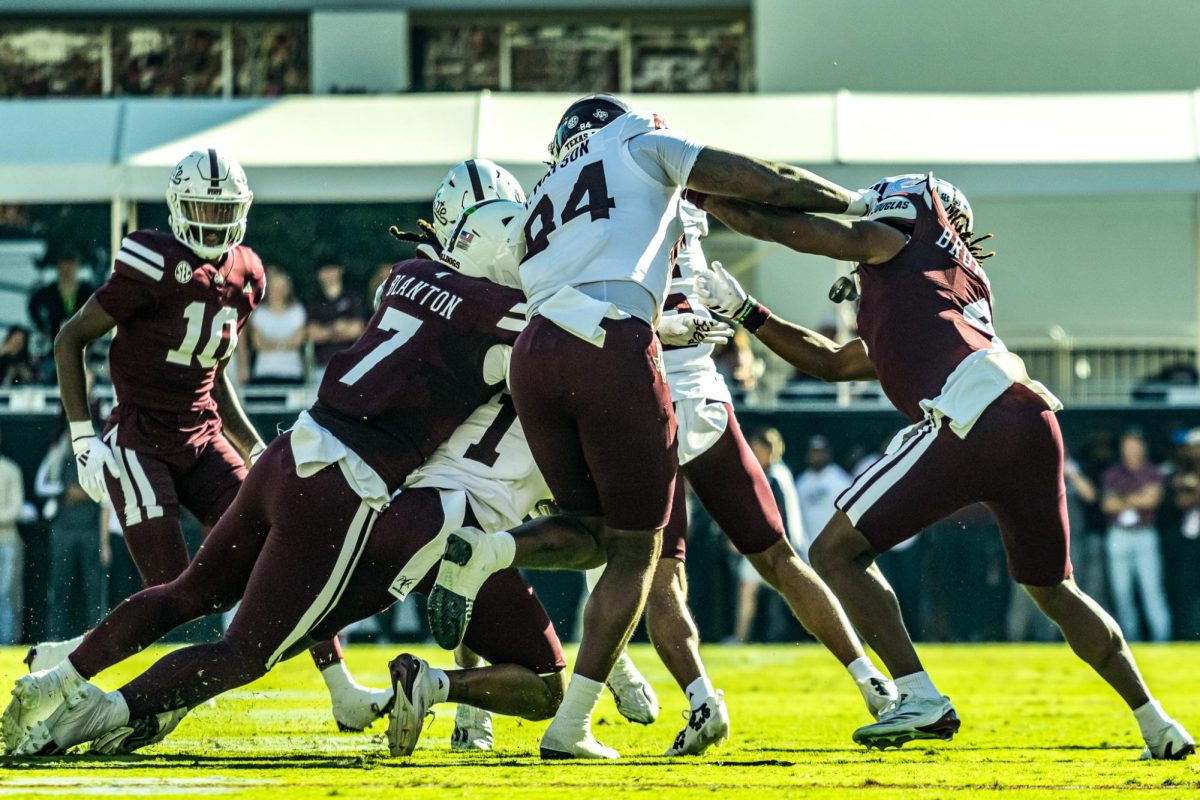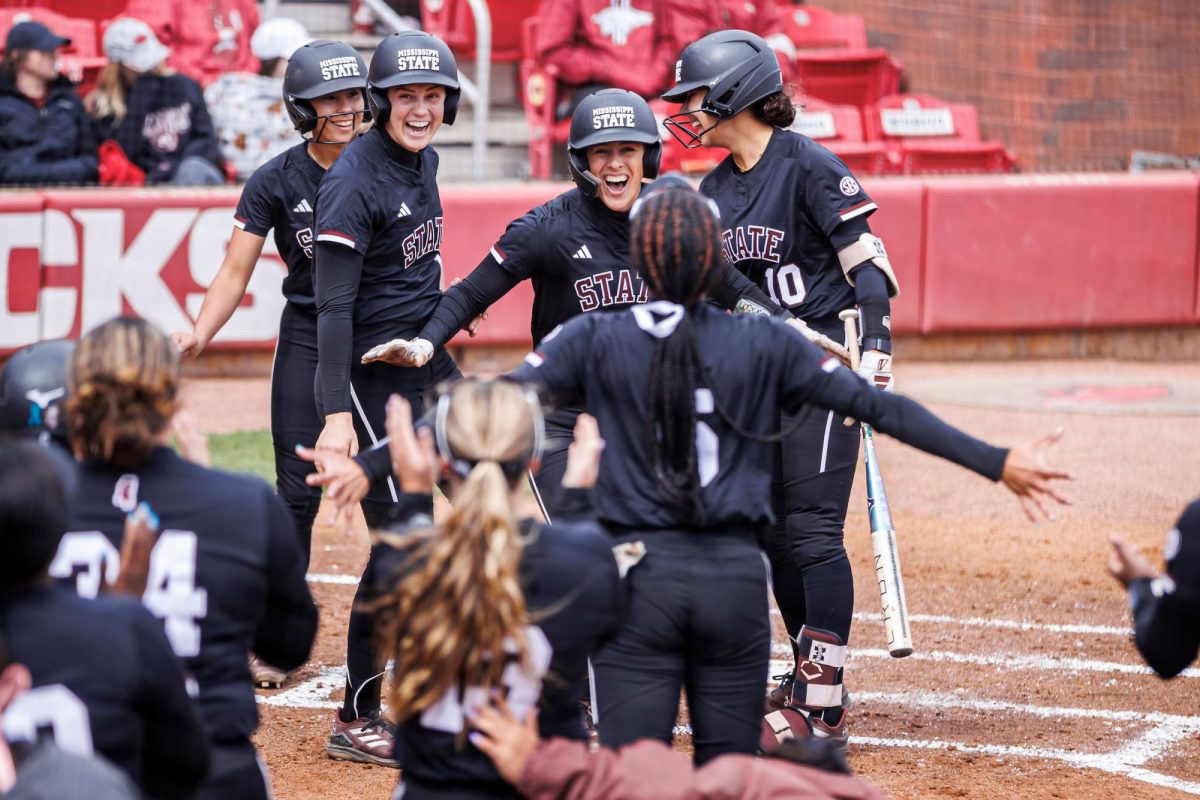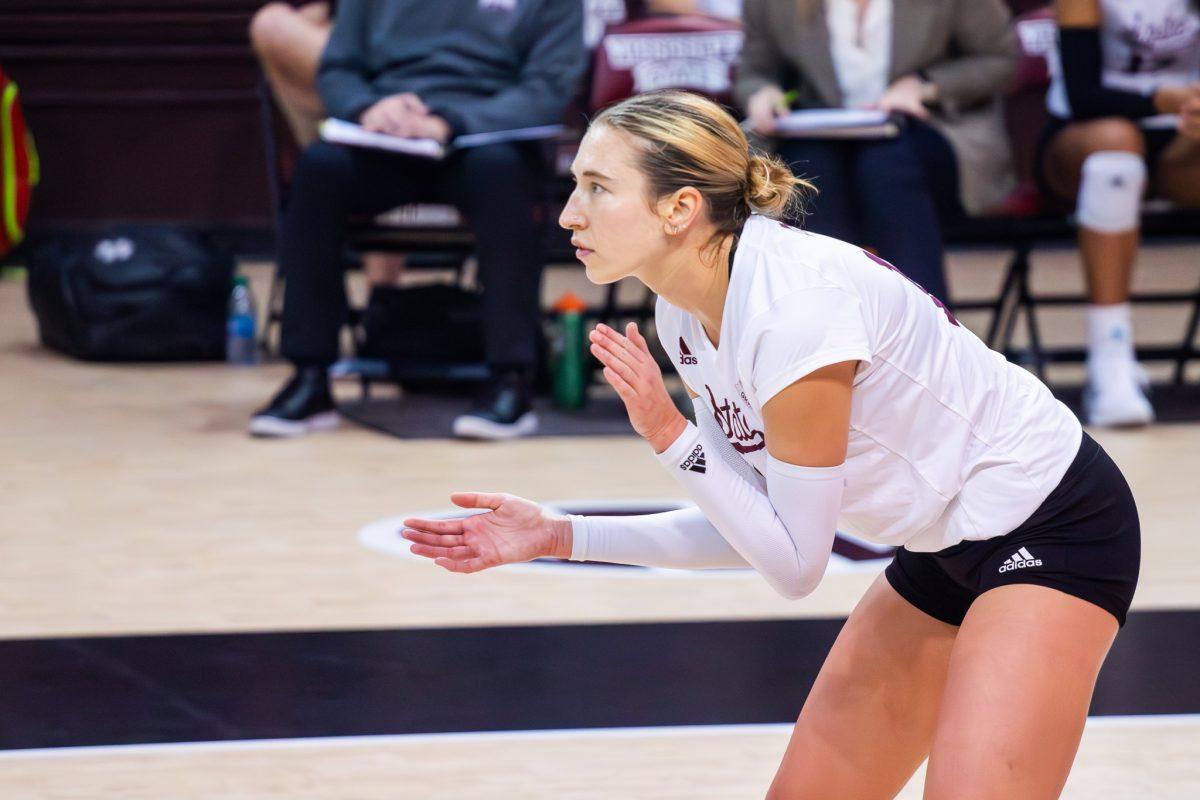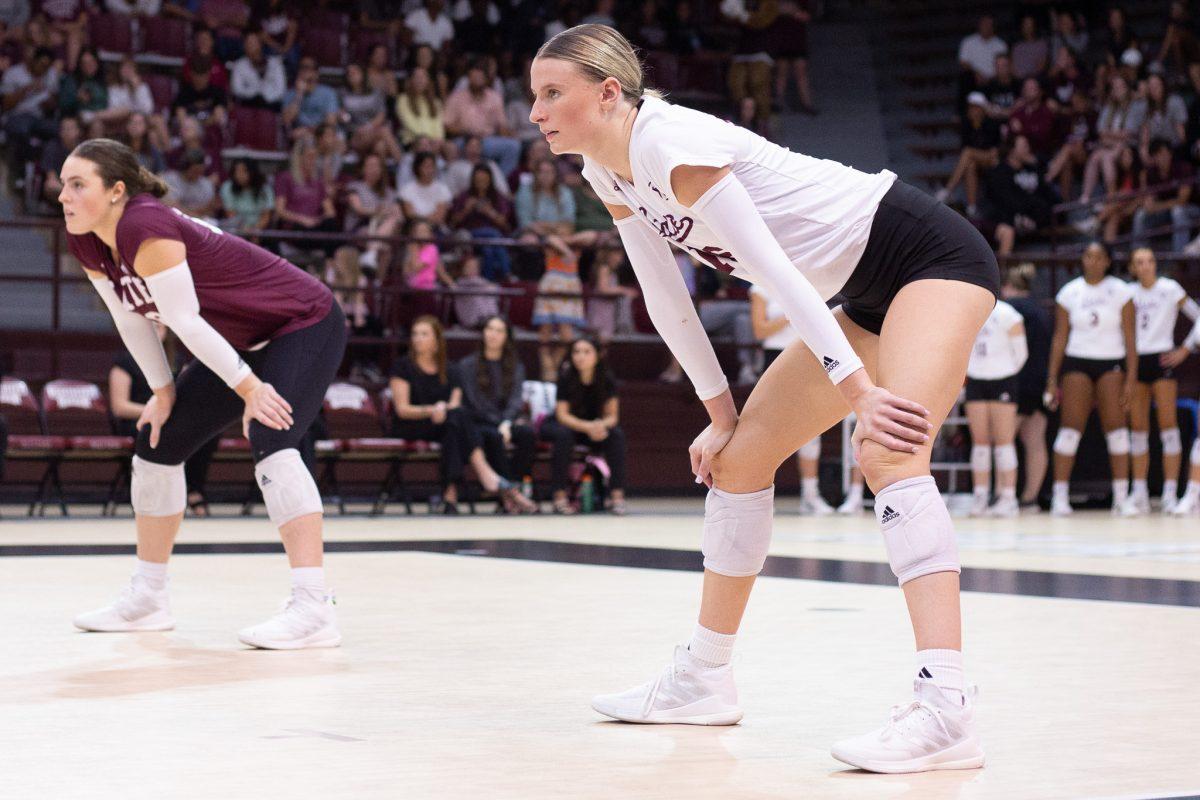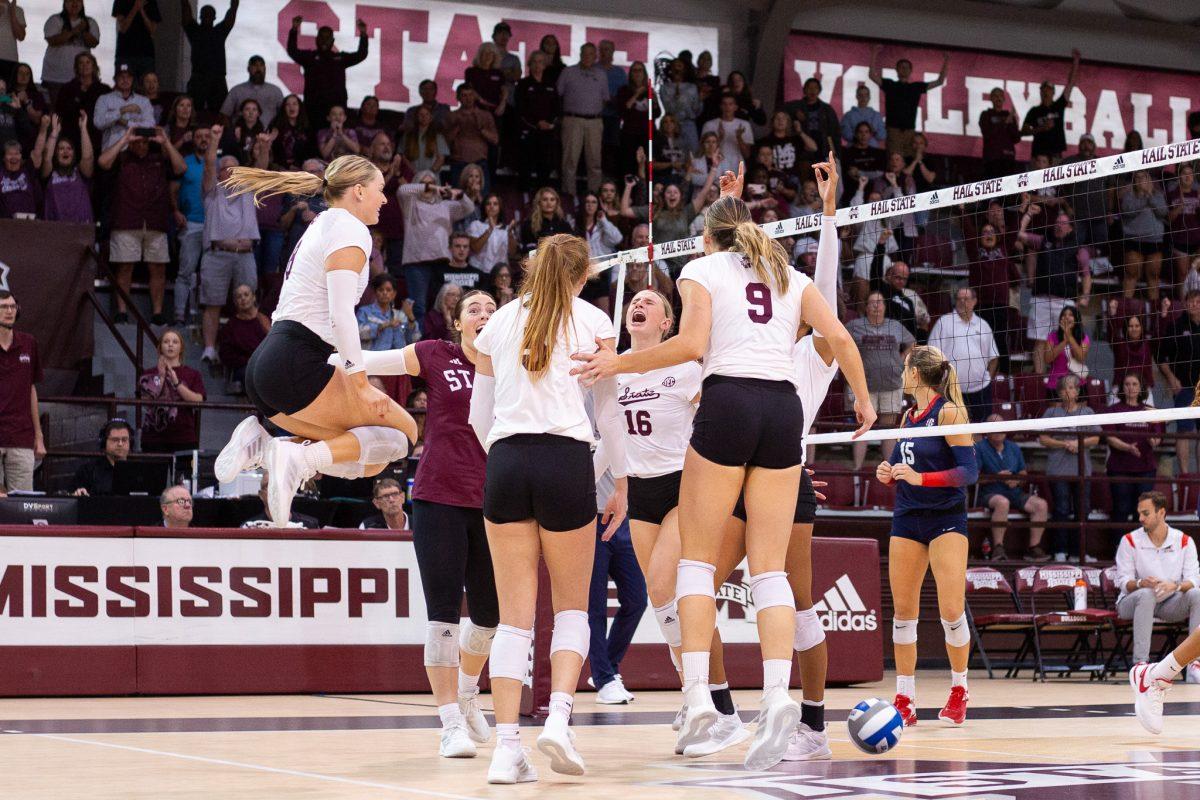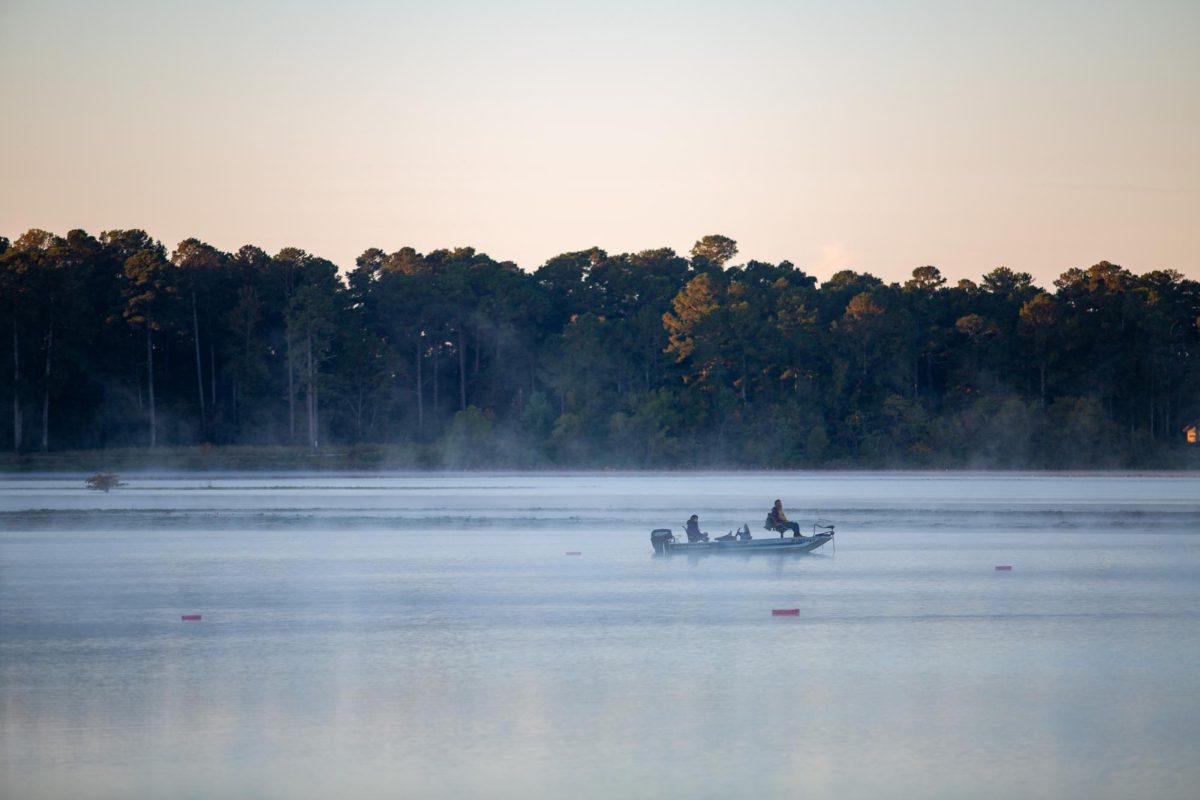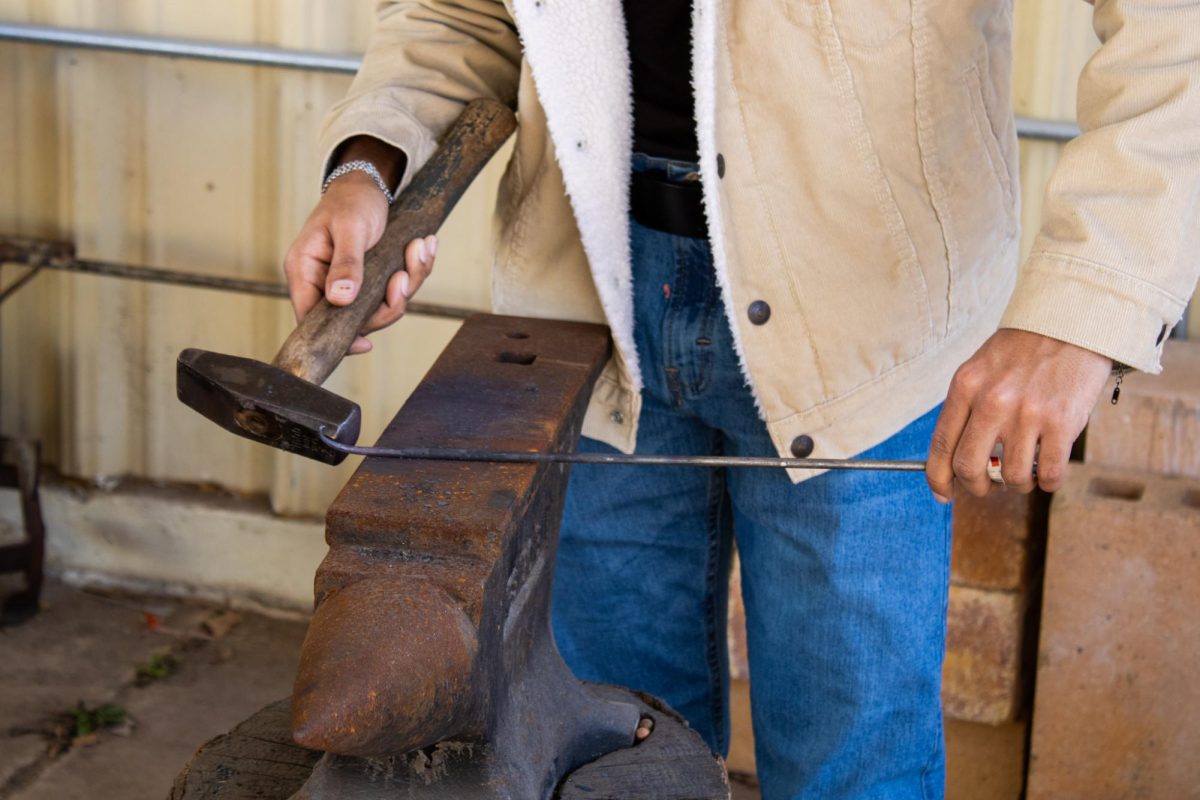As the Joe Frank Sanderson Center recently completed the first phase of its new 2.5 million dollar renovations, one of the more notable additions to the facilities has been the new bouldering cave.
Now, as someone whose only experience with rock climbing comes from summer camp when I was around 13 years old, it is safe to say that I have little to no experience with climbing. However, this did not stop me from going out there and giving it a try. I went with a few of my friends, some of whom have bouldering experience, in hopes of not going in completely blind.
When we got to the new facilities, the first thing we had to do was check out bouldering shoes. This was a surprise to me, as until that point I assumed I could just climb in normal tennis shoes. Another required component was climbing chalk, which was also provided by the checkout desk, giving me everything I needed to start the climb.
After I completed the preparation phase, all that was left to do was attempt to climb, something I was both nervous and excited about. When bouldering, there is a rating system for each climb that determines how difficult it is. This scale runs from V0, the absolute easiest, to V17, nearly impossible.
Being a beginner myself, I was only able to complete climbs up to V1 and almost V2, but I fell short close to the last hold. One of the largest hurdles to overcome was how most of the climbing wall is not vertical, but slanted at just enough of an angle so that you almost hang off while climbing. This, paired with how small some of the holds are, only allowing for the tips of your fingers to grab onto, makes scaling this wall much harder than it may appear.
The wall at the Sanderson has a variety of ratings, from V0 up to V6, as well as something known as a MoonBoard, an electronic wall that allows for multiple paths to be made, with the holds being lit up to indicate which path to take. This gives the bouldering cave a wide array of climbs for people to try, ranging from beginner all the way to intermediate/advanced.
Over the span of the week, I went climbing three of the days, and by my last attempt, my body was absolutely shot. Going into this experience, I figured that I would come out at least a little sore, as the extent of my physical exercise comes down to running and lifting a few times a week. However, I sorely underestimated the toll this would take on my body.
What surprised me the most was how much forearm and grip strength is needed to get oneself up the wall, and I had assumed it would be largely back and shoulder strength, also relying on decent leg strength to support one’s body.
To summarize this experience, bouldering is much harder than I anticipated, however, this does not take away from how fun it is as an activity.
The feeling of being able to progress and overcome an obstacle to reach the top instilled a feeling in me that I can only compare to that of a runner’s high, in the sense that sometimes climbing is painful but once reaching the top provides a sense of accomplishment.
While I may have over six blisters on my hands at the time of writing this article, it is safe to say that come next week I’ll be out climbing up that wall again.


